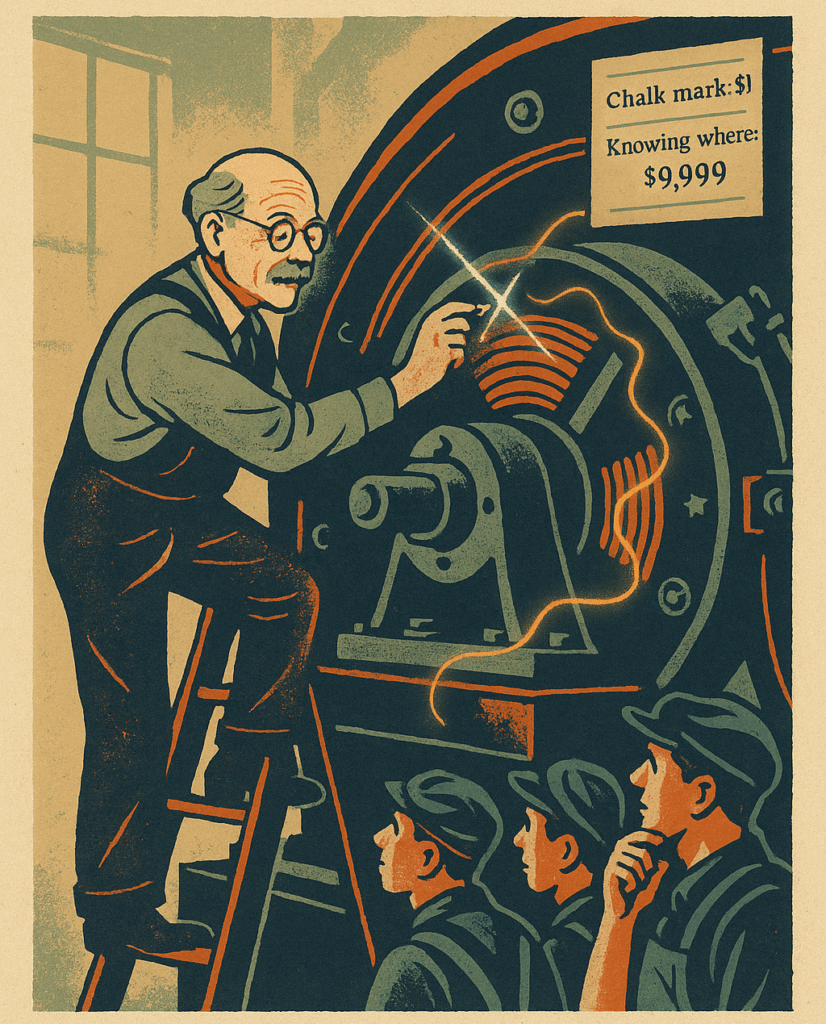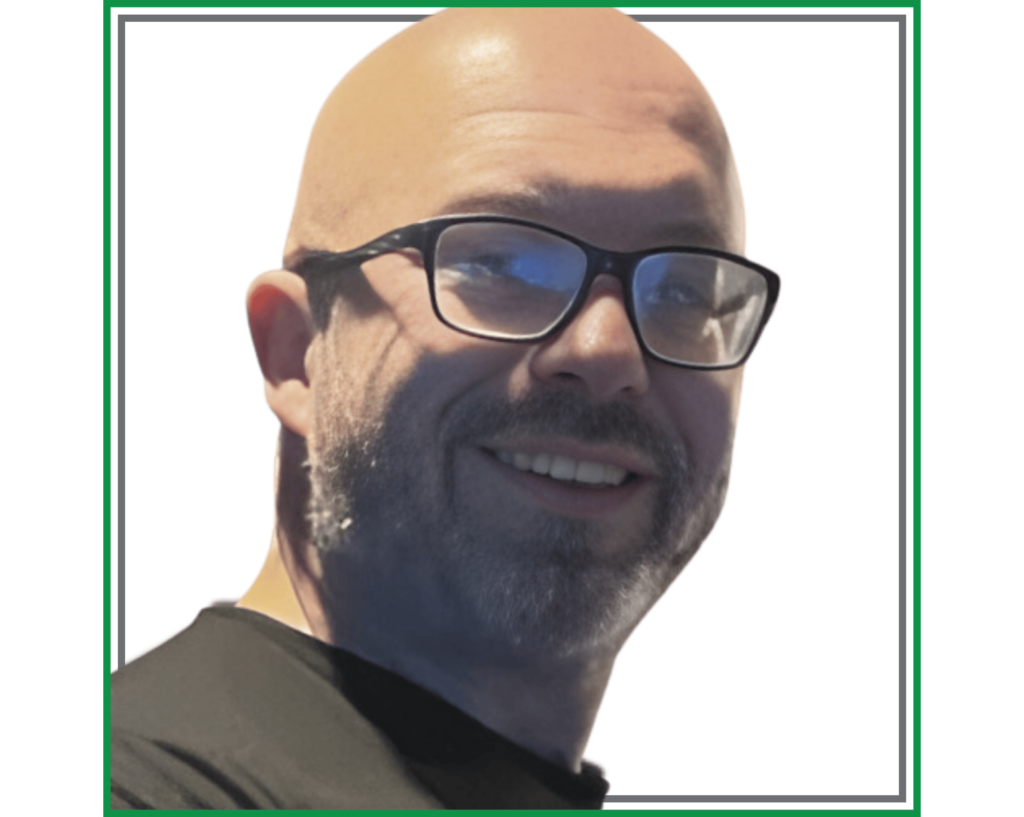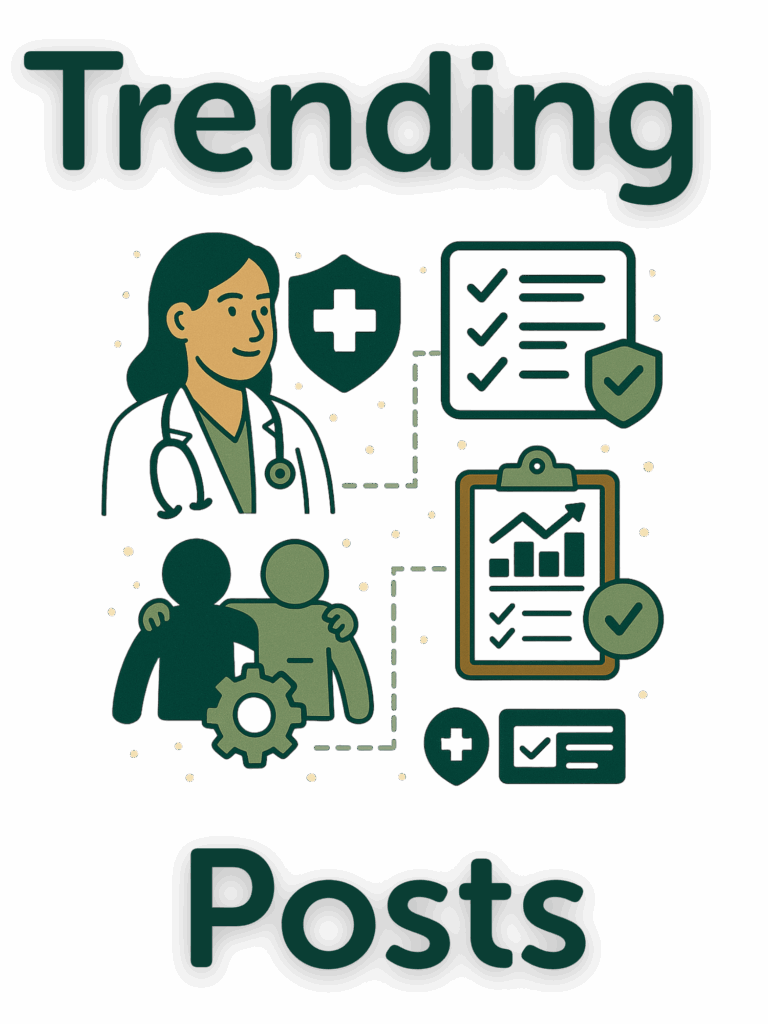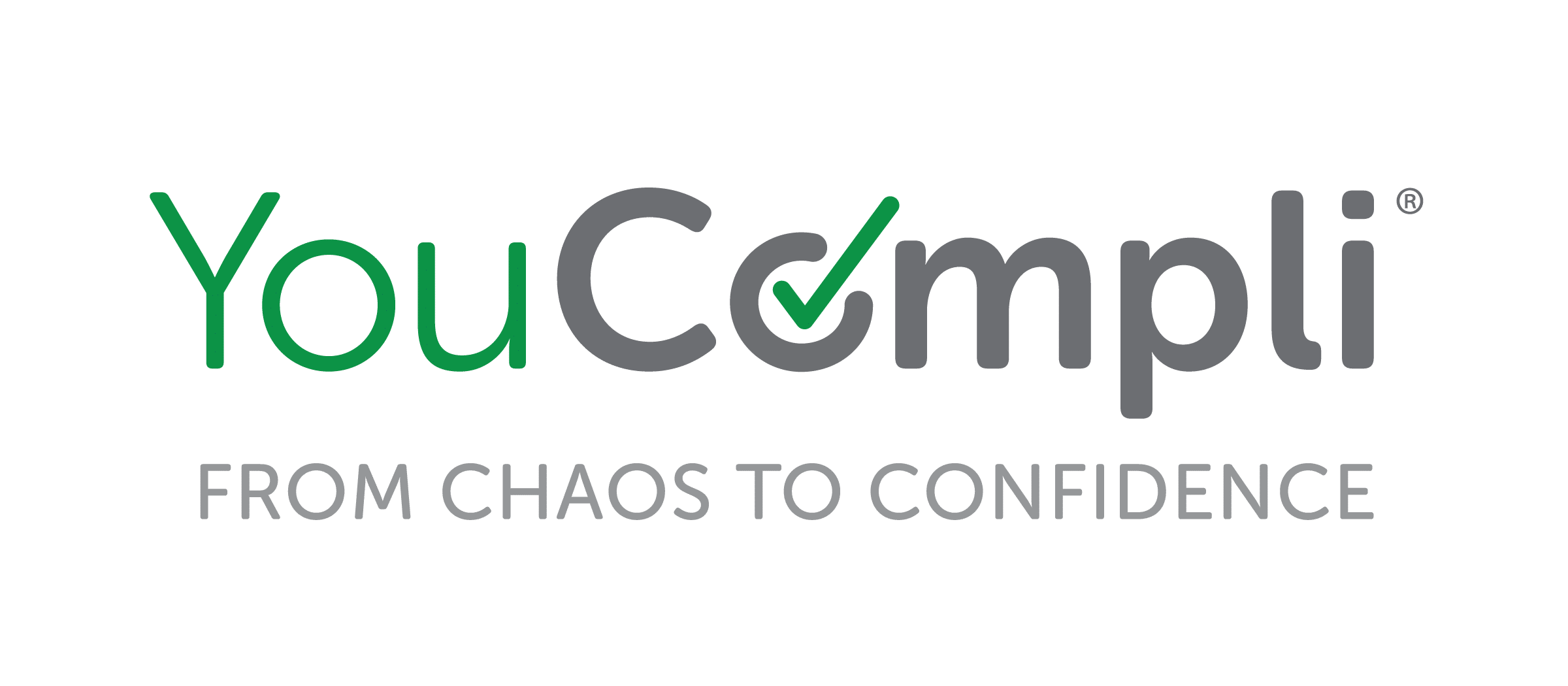
This blog explains how to make healthcare quality education programs more effective through focused efforts. It’s about quality, not quantity. Focus on the fundamentals: establish clear policies, learn from past inspections, and create education programs that meet both regulatory requirements and employee development needs.
As the authors dive into how compliance can enhance quality initiatives through education, they also explain why training need not be complicated. The blog makes its point with a fascinating tale of the value of knowing exactly where to focus your “chalk mark,” if you will.
Make Your (Chalk) Mark — Why You Need to QC Your QA
Sometimes people want to make their quality practices so hard. No, it’s true.
Before you even implement your program, you study the Seven Elements, your competitors, your competitor’s competitors, and so forth, when really, it’s easier to implement and course correct. It’s overkill.
No wonder people have no real idea what quality is. Every week when we present during new employee orientations, I always ask, what is quality? The most common answer is, doing it right. According to what? The requirements. Which requirements? There are many. Well, all of them? No.
Yes, quality is hard.
Measuring Your Quality Programs Too Much?
You also make measuring your quality program so hard. Tracking is ongoing, anticipatory and retrospective to identify how organizations are performing, including where and why facility performance is at risk or failed to meet standards.
You attempt to quantify your quality program by:
- Collecting and analyzing data
- Measuring processes and systems for effectiveness and efficiency
- Identifying undesirable patterns or trends
- Making changes that improve performance and safety
- Reducing risk of safety events and demonstration of best practices
What about this level of preparation? Also no. It’s overkill.
Overloading Quality Training
Hear us out – we’re not saying the above is wrong, but it’s way too much right now. It’s like giving someone vanilla ice cream, savory peanut butter topping, fluffy marshmallow, hot fudge, chocolate sprinkles and Reese’s Pieces candy. There’s time for that, but it’s not the standard. Vanilla ice cream works just fine most days, and when you just give someone ice cream, suddenly everyone has a ball.
You probably already have a quality training program; otherwise, you wouldn’t be reading this article. What people don’t think about is training with employees who have TikTok attention spans. (Put down your phone. We know you just picked it up.)
You don’t need all of this. You need less. You need to QC your QA. That is, quality check your quality assurance. Where is the real value of the training?
QA + QC = QM
Before we go on, let’s clarify what these acronyms mean to better understand how they work together for quality management (QM).
| Quality Assurance (QA) | Quality Control (QC) |
| Relates to how a process or service is performed. | More about the inspection aspect. |
| Works to prevent issues throughout the process. | Concerned with evaluating results to ensure they meet predefined quality criteria. |
| Serves as backbone for creating guidelines and standards that establish consistent practices. | Identifies and corrects defects or deviations in the final product or service. |
Successful quality management requires both QA and QC. Both work together to ensure repeatable outcomes and quality patient care.
Where to Start Improving your Healthcare Quality Training
Don’t overcomplicate your quality agenda. More doesn’t always mean better. Build a quality education program that works. That means covering the basics well, instead of piling on secondary content and details.
To improve quality training, start by prioritizing policies. It’s essential to blend mandatory policies and regulations (the “need-to-haves”) with employee requirements and skill development (the “want-to-haves”).
Also review recent inspection reports from auditors, inspectors or regulators to identify areas of deficiency and opportunities for enhancement.
By focusing on these fundamentals — establishing clear policies, learning from past audits, and designing educational programs that address both regulatory demands and employee competency— you foster a more effective and compliant quality training initiative that ultimately enhances patient care.
$10,000 Chalk Mark Illustrates the Value of Focus
You’ve heard the old story of the engineer who charged $10,000 for fixing a machine — $1 for turning a screw and $9,999 for knowing which screw to turn. According to Ramirez (2025), this isn’t just a fable. The story is real — and the man behind it was Charles Proteus Steinmetz (1865–1923), one of the most brilliant, yet often overlooked, engineers in history.
In the early 1920s, Henry Ford, the king of industrial mass production, found himself facing a major crisis. At his famed River Rouge Plant in Michigan, a massive, custom-built generator — critical to keeping the entire factory running — broke down. Ford’s best engineers tried everything to fix it. They disassembled parts, checked wiring, replaced components — but no one could figure out the root cause.
He called Steinmetz, who arrived asking for a notebook, pen and cot. He sat by the machine for two days. After 48 hours of meticulous study, Steinmetz asked for a ladder, tape measure and a piece of chalk. Climbing carefully up the side of the massive generator, he measured a specific point, then marked it with a simple “X.” Turning to the exhausted engineering team, he said, “Take off this panel, unwind the coil from this exact point, and remove 16 turns of wire.”
Skeptical but desperate, the team obeyed. Moments later, the generator roared back to life — as strong and steady as the day it was installed. A few days later, Ford received an invoice from Steinmetz: Total Due: $10,000

Shocked by the steep cost, Ford requested an itemized bill. Steinmetz replied with legendary precision:
• Making chalk mark: $1
• Knowing where to put it: $9,999
Our point is, know where to put your chalk marks. Where should you focus quality education to fire up the generator and keep compliance running correctly?
Chalk It Up to Experience
We can take our QC data and use it to maintain and improve education programs. We generally make our “chalk marks” in one of three categories. These are areas where focused attention has the best return for quality programs:
Where to Use Quality Control for Quality Assessments:
- Teacher education: Use QC programs to assess a teacher’s knowledge, skills, attitudes and values to predict their suitability. Also include systematic reviews like self-evaluations, external evaluations and learner assessments.
- Quality management: This refers to policies and systems to maintain and improve the quality of education and research. Quality management can help clarify responsibilities, work processes and improve transparency.
- Curriculum development: QC in curriculum development ensures that actual results are close to desired results. In academia, this includes student outcomes, such as how well students perform at different grade levels, and what they can do when they graduate. Data is collected in a variety of ways, including scatter diagrams and control charts.
The goal is to pinpoint areas for improvement that will deliver a big impact on your investments in quality programs.
Use QA-QC Synergy to Master Quality Training
Steinmetz’s story isn’t just a quaint historical anecdote — it’s a powerful reminder about the real value of expertise, experience and deep knowledge. Steinmetz’s chalk mark wasn’t just about turning a screw. It was the result of decades of learning, endless experimentation, and a mind capable of visualizing forces that others couldn’t even detect.
We understand the balance is delicate, because decision-makers always prioritize long-term system improvements (through QA) over short-term fixes or validations (through QC). But when you need a QC approach, you cannot use QA.
You need a reactive approach to identifying defects, which involves inspection, testing and verification of the product or result to ensure it meets the specified standards. QC is about detecting and fixing defects after the process has occurred.
You know you have a training program. How are you teaching it? Where should the chalk mark go? In today’s world, when information seems abundant and skills are often commoditized, the story of Steinmetz reminds us that true mastery is rare — and priceless.
Think of your quality programs in the same way, as needing assessments to identify gaps, deficiencies, or areas for improvement. Then use your mastery to bring focus to quality education.
More Resources about Quality and Compliance
John R. Nocero, Ph.D., and Andrea L. Bordonaro, MAT, blog on LinkedIn as “The Q-Kids,” discussing everything related to clinical research education, inspiration, and professional connection.
John is the Director of Quality at River Vista in Columbus, Ohio. He has worked in clinical research since 2003 and is inspired by the Irish professional wrestler Becky Lynch, whose personal and professional story centers on achievement, tenacity, grit, and overcoming adversity.


Andrea has taught first grade in Willoughby, Ohio for 25 years. She earned a Bachelor of Science in elementary education from John Carroll University and a Master’s Degree in the Art of Teaching and Education from Marygrove College.

- One Compliance Pro’s Regulatory Change Management Process
- Five ways to show how healthcare Compliance delivers value
- 12 key metrics for compliance officers looking to…
- Transforming Compliance to a Department of Yes
- Exclusion Screening Failure Causes Compliance Nightmare
- Revenue Cycle Management Compliance: Ensuring…
- 5 Strategies for Compliance Accountability Across…
- Three Strategies to Align Compliance with Revenue Cycle
- Polish Your Quality Education Program
- Elevate Healthcare Quality Training: Focus, Not Filler


